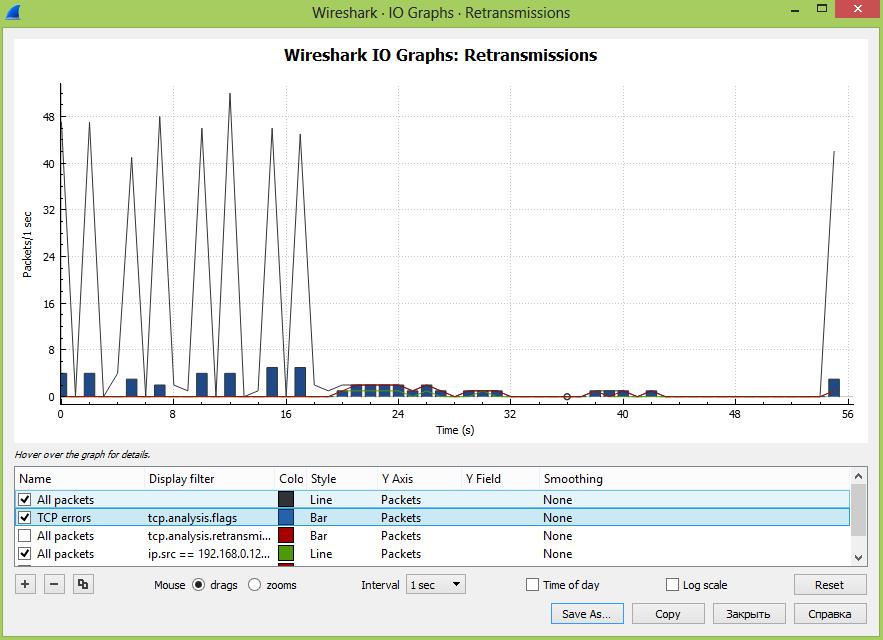

You can clearly see the difference in this ladder diagram of the conversation. This might look strange, as in the normal flow of TCP, it’s usually: CloudShark marks this as a retransmission as well because the data had already been sent in the first packet. Here we see that the client sent the same data in the initial SYN, but now again in the third packet of the normal 3-way handshake. Take a look at the next packet after the SYN+ACK in that capture: However, the server includes a new TFO cookie in the options with a value of 0290a10f721b8d38. You can see that the value of Ack: is 1 (not 76) indicating that the additional payload wasn’t accepted. However, the SYN+ACK from the server is now different: The client still tries to include data with the initial SYN, and uses the old cookie value.

Take a look at the SYN from the client in this capture: If the server ends up rebooting or clears its TFO cookies for any reason, the client will still try to use a cookie that is now invalid. Here are some scenarios at the packet layer of what you might see. What happens when the TFO cookie is invalid or not supported? Section 4.2.2 of RFC 7413 gets really deep into the details of implementation and handling of error cases. That’s more than twice (2.42 times) as fast! Trouble with TCP Fast Open In the second capture, it only takes 0.00184 seconds. If you look at the timestamps of the packets in the first and second captures, the first capture doesn’t get an HTTP response back from the server until 0.00447 seconds have passed. Our captures were on our local network so the results aren’t quite as dramatic as they would be over say a mobile network, but still significant. The biggest reason to use TFO is to get that first chunk of data faster. In this case, the Ack: field value is set to the total length of the TCP payload ( 76 in this case). The server recognizes the valid TFO cookie, accepts the payload data, and replies with its SYN+ACK.

Here’s an initial SYN packet from this example capture.
#Wireshark tcp retransmission syn series#
Interestingly, TLS 1.3 has a very similar feature for saving a round trip, called “0-RTT” or zero round trip, which we’ll go into more detail about in our series on TLS. The RFC goes into detail on the protocol sequence in section 3.
#Wireshark tcp retransmission syn full#
Normally, the client and server would need to do a full TCP handshake every time before sending application data. The next time you connect, you can include data in the SYN packet, and the server can include its response data in the first ACK. TCP Fast Open works by allowing the server to set a special “TFO” cookie to use for your later connections. You know you can make collections just like this with CloudShark! Learn more. Follow along with these sample capturesĪs always, we've gathered up the captures mentioned in this article into this collection over on CloudShark TFO allows data to be carried in the SYN and SYN-ACK packets and consumed by the receiving end during the initial connection handshake, and saves up to one full round-trip time (RTT) compared to the standard TCP, which requires a three-way handshake (3WHS) to complete before data can be exchanged. This speeds things up for endpoints that are going to keep talking to each other in the future and is especially beneficial on high-latency networks where time-to-first-byte is critical.įast Open is defined in RFC 7413 which explains: TCP Fast Open (TFO) is an optional mechanism within TCP that lets endpoints that have established a full TCP connection in the past eliminate a round-trip of the handshake and send data right away. Part 3 of our series exploring TCP examines the TCP “Fast Open” option and what to look for when troubleshooting


 0 kommentar(er)
0 kommentar(er)
